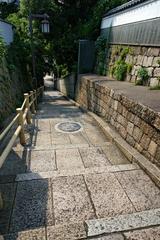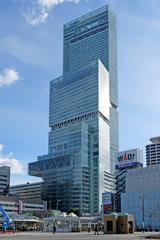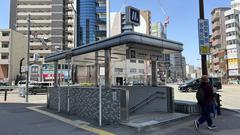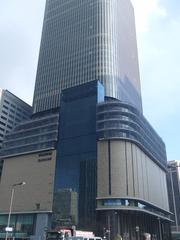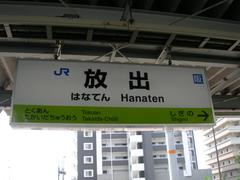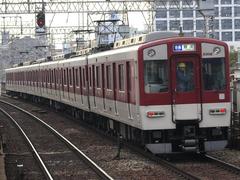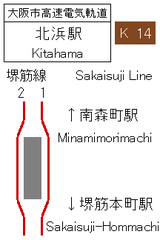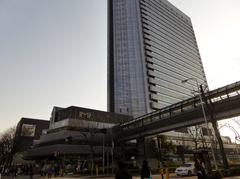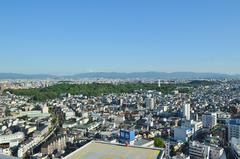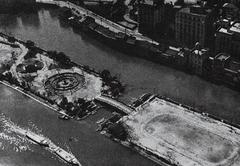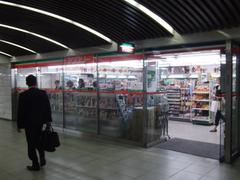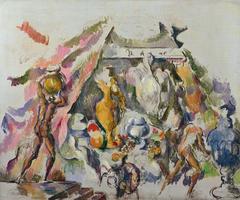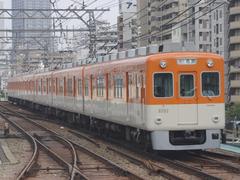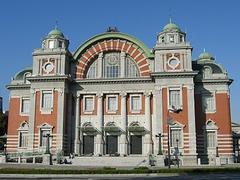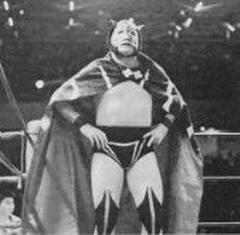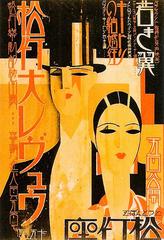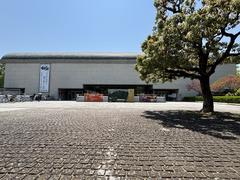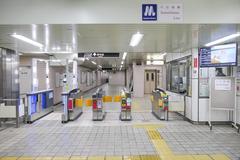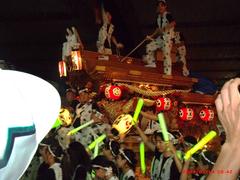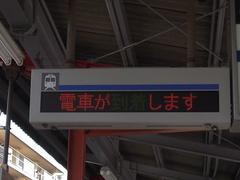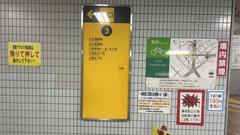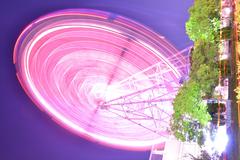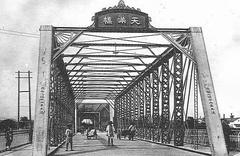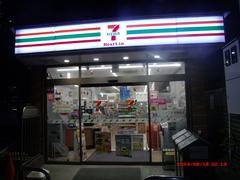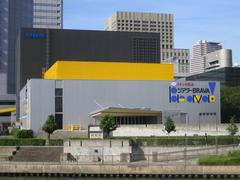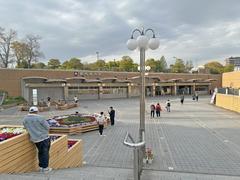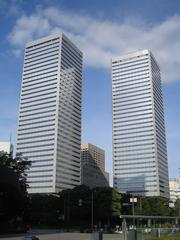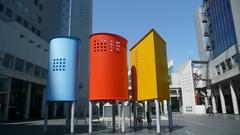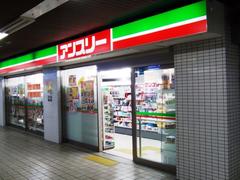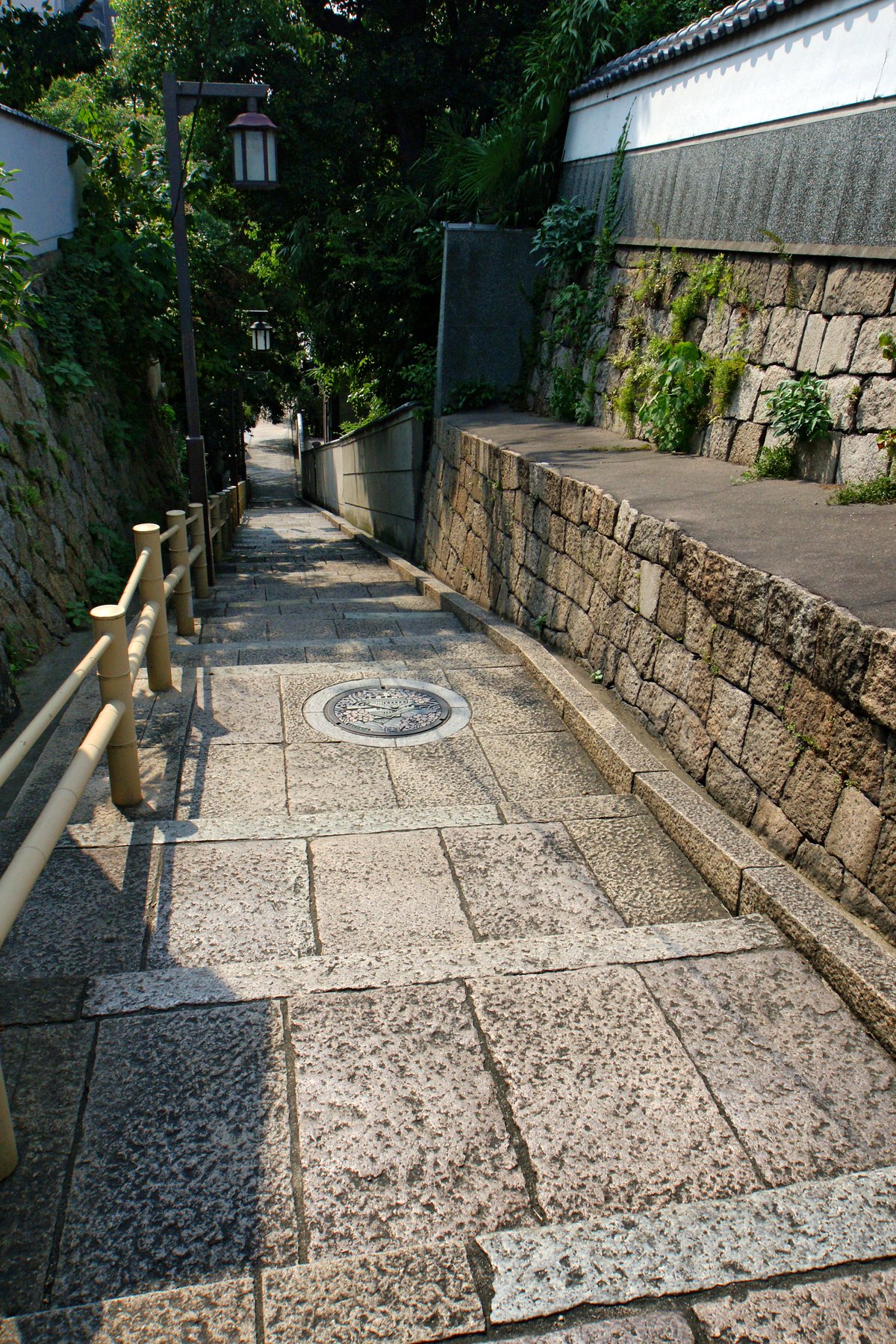
Visiting 口縄坂 in Osaka: Hours, Tickets, and Tips
Date: 01/08/2024
Introduction: Discover the Charm of Kuchinawa-zaka in Osaka, Japan
Kuchinawa-zaka (口縄坂), located in Osaka-shi, Japan, is a historic slope renowned for its serpentine appearance and rich cultural heritage. As one of the Seven Slopes of Tennoji, Kuchinawa-zaka offers visitors a unique blend of natural beauty, historical intrigue, and cultural treasures. The name ‘Kuchinawa,’ translating to ‘snake,’ aptly describes the winding nature of the path, which has served as a crucial thoroughfare since the Edo period. This guide delves into the historical background, cultural significance, architectural beauty, and visitor information to provide a comprehensive understanding of this iconic site. Visitors to Kuchinawa-zaka can expect a journey through time, exploring the architectural and cultural developments from the Edo period to the Meiji Restoration, and appreciating the ongoing preservation efforts that maintain its historical charm (Osaka Info). Whether you are a history enthusiast, a cultural explorer, or simply looking for a scenic walk, Kuchinawa-zaka provides an enriching experience that captures the essence of Osaka’s vibrant history and culture.
Contents
History of Kuchinawa-zaka: Osaka Historical Site
Origins and Early History
Kuchinawa-zaka, located in Osaka-shi, Japan, is a historic slope that has played a significant role in the city’s development. The name ‘Kuchinawa’ translates to ‘snake’ in English, reflecting the winding, serpentine shape of the slope. This path has been a crucial thoroughfare since the Edo period, serving as a connector between various parts of the city.
Edo Period Significance
During the Edo period (1603-1868), Kuchinawa-zaka was a vital route for samurai and merchants traveling between Osaka Castle and the surrounding areas. The slope’s strategic importance was underscored by its proximity to Osaka Castle, a key military and administrative center. The castle, constructed by Toyotomi Hideyoshi in 1583, was a symbol of power and a focal point for the unification of Japan (Golden Island Senorita).
Architectural and Cultural Developments
The Edo period saw significant architectural and cultural developments along Kuchinawa-zaka. Traditional Japanese houses, known as machiya, lined the slope, providing residences for samurai, merchants, and artisans. These structures were characterized by their wooden frames, tiled roofs, and sliding doors, reflecting the architectural style of the time. The slope also featured various tea houses and inns, catering to travelers and offering a glimpse into the daily life of Edo-period Japan.
Meiji Restoration and Modernization
The Meiji Restoration (1868-1912) brought about significant changes to Kuchinawa-zaka. With the modernization of Japan, the slope saw the introduction of new infrastructure and urban planning. The traditional machiya houses were gradually replaced by more modern buildings, and the slope itself was paved to accommodate increased traffic. Despite these changes, Kuchinawa-zaka retained its historical charm and continued to be a popular route for both locals and tourists.
Preservation Efforts
In recent years, there have been concerted efforts to preserve the historical and cultural significance of Kuchinawa-zaka. The slope has been designated as a cultural heritage site, and various restoration projects have been undertaken to maintain its traditional appearance. These efforts include the restoration of machiya houses, the preservation of stone lanterns, and the maintenance of the slope’s winding path.
Notable Landmarks
Several notable landmarks can be found along Kuchinawa-zaka, each contributing to its historical and cultural significance:
- Osaka Castle: As mentioned earlier, Osaka Castle is a prominent landmark near Kuchinawa-zaka. The castle’s history and architectural grandeur make it a must-visit site for anyone exploring the slope (Prepare Travel Plans).
- Nishinomaru Garden: Located adjacent to Osaka Castle, Nishinomaru Garden is renowned for its cherry blossoms and scenic beauty. The garden offers a tranquil retreat and is a popular spot for hanami (cherry blossom viewing) during spring (Nerd Nomads).
- Traditional Tea Houses: Several traditional tea houses can be found along Kuchinawa-zaka, offering visitors a chance to experience the cultural heritage of the Edo period. These tea houses serve matcha (green tea) and traditional Japanese sweets, providing a taste of Japan’s rich culinary history.
Visitor Information
For those planning to visit Kuchinawa-zaka, here are some helpful tips to enhance your experience:
Visiting Hours
Kuchinawa-zaka is accessible 24/7, although visiting during daylight hours is recommended for the best experience.
Ticket Prices
There are no admission fees to walk along Kuchinawa-zaka. However, entry to Osaka Castle and Nishinomaru Garden requires a ticket. Prices can be checked on their respective official websites.
Accessibility
The slope is moderately steep and may be challenging for visitors with mobility issues. However, there are resting spots along the way.
Best Time to Visit
The best times to visit Kuchinawa-zaka are during the cherry blossom season in late March to early April and the autumn foliage season in October to November. These periods offer the most picturesque views and pleasant weather (Go Wanderly).
Getting There
Kuchinawa-zaka is easily accessible by public transportation. Visitors can take the Chuo Subway Line to Tanimachi 4-Chome Station (exit 9) or the JR Loop Line to Osaka-jo-koen Station (Nerd Nomads).
Walking Route
To fully appreciate the historical and cultural significance of Kuchinawa-zaka, it is recommended to follow a walking route that includes Osaka Castle, Nishinomaru Garden, and the traditional tea houses. This route provides a comprehensive experience of the slope’s heritage and scenic beauty (Nerd Nomads).
Cultural Significance
Kuchinawa-zaka is more than just a historical slope; it is a symbol of Osaka’s rich cultural heritage. The slope’s winding path, traditional architecture, and proximity to significant landmarks make it a living testament to the city’s history. Visitors to Kuchinawa-zaka can immerse themselves in the cultural tapestry of Osaka, experiencing the blend of old and new that defines this vibrant city.
Interactive Experiences
To enhance the visitor experience, several interactive exhibits and activities are available along Kuchinawa-zaka:
Historical Exhibits
Interactive exhibits within Osaka Castle and along the slope provide insights into the history and reconstruction of the area. These exhibits feature multimedia presentations, historical artifacts, and engaging storytelling (Golden Island Senorita).
Cultural Activities
Throughout the year, Kuchinawa-zaka hosts various cultural activities and events, such as traditional tea ceremonies, kimono dressing sessions, and martial arts demonstrations. These activities offer visitors a unique glimpse into Japanese traditions and customs (Golden Island Senorita).
FAQ
- What are the visiting hours for Kuchinawa-zaka? Kuchinawa-zaka is accessible 24/7, but day visits are recommended.
- How do I get to Kuchinawa-zaka? Take the Chuo Subway Line to Tanimachi 4-Chome Station (exit 9) or the JR Loop Line to Osaka-jo-koen Station.
- Are there any admission fees? Walking along Kuchinawa-zaka is free, but entry to nearby attractions like Osaka Castle and Nishinomaru Garden requires tickets.
Conclusion
Kuchinawa-zaka is a historical gem in the heart of Osaka, offering visitors a journey through time and a deep connection to Japan’s cultural heritage. Whether you’re a history enthusiast, a cultural explorer, or simply looking for a scenic walk, Kuchinawa-zaka provides a memorable experience that captures the essence of Osaka’s rich history and vibrant culture. For more updates on Osaka’s historical sites, download our mobile app Audiala or follow us on social media.
